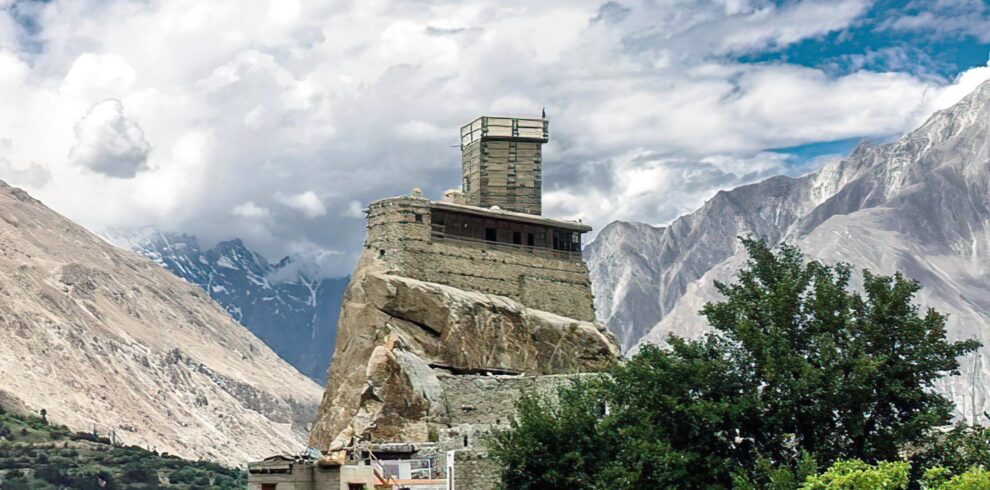Quick Facts & Key Metrics
- Territory: Islamabad Capital Territory (ICT)
- Population (2023 est.): ≈ 1.2 million (urban)
- Languages: Urdu, English (widely spoken), Punjabi and Pashto in surrounding areas
- Elevation: ~540 m above sea level
- Nearest airport: Islamabad International Airport (ISB), 25–35 min from city center
- Distance from Lahore: 375 km / ~ 4–4.5 h by road via M-2
- Best time to visit: October to April (mild winters, blooming spring)
- Known for: Margalla Hills, Faisal Mosque, diplomatic enclave, museums, clean air
Historical Background
Islamabad is one of the youngest capital cities in South Asia. Built to replace Karachi as the federal capital in 1960, it was strategically chosen for its central location, proximity to Rawalpindi (military headquarters), and safe distance from coastal threats. Unlike cities with centuries of growth, Islamabad’s evolution is structured—sector-based urban planning, green belts, and zoning laws were prioritized from day one. However, nearby areas like Taxila and Rawat offer ancient roots dating back thousands of years, revealing Gandharan, Mughal, and British-era legacies.
Geography & Key Sectors
Set against the backdrop of the Himalayan foothills, Islamabad’s layout is based on a grid system of sectors. The sector letters increase north to south from A to O, while sector number increases east to west from 1 to 20 like (F6, F7, G11 etc)
F-6 to F-8 Sectors
• Home to cafes, embassies, and shopping areas like Super Market and Jinnah Super.
• Mix of leafy residential streets and social hubs.
F-9 Park & Fatima Jinnah Park
• One of South Asia’s largest urban parks—ideal for cycling, picnics, and peaceful walks.
Faisal Mosque Zone (E-7)
• Iconic white-marble mosque designed by Turkish architect Vedat Dalokay.
• Set against Margalla Hills; Pakistan’s largest mosque by capacity.
Diplomatic Enclave & Blue Area
• Government buildings, foreign embassies, and the business hub of Islamabad.
• Skyscrapers, banks, and 5-star hotels dominate this corridor.
Margalla Hills National Park
• Lush green ridges with trails, wildlife, and panoramic views.
• Trail 3, 5, and 6 are the most popular for locals and expats alike.
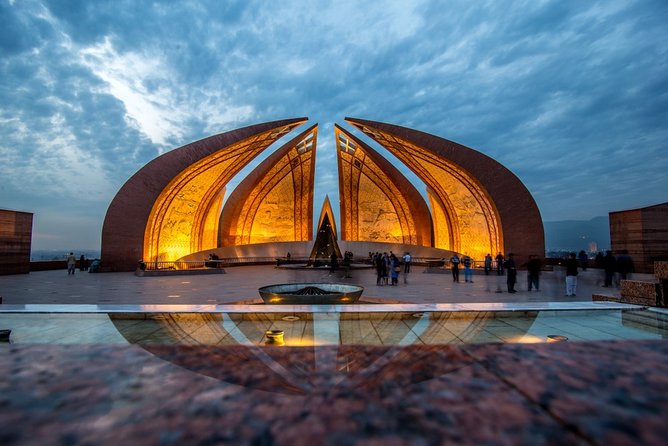
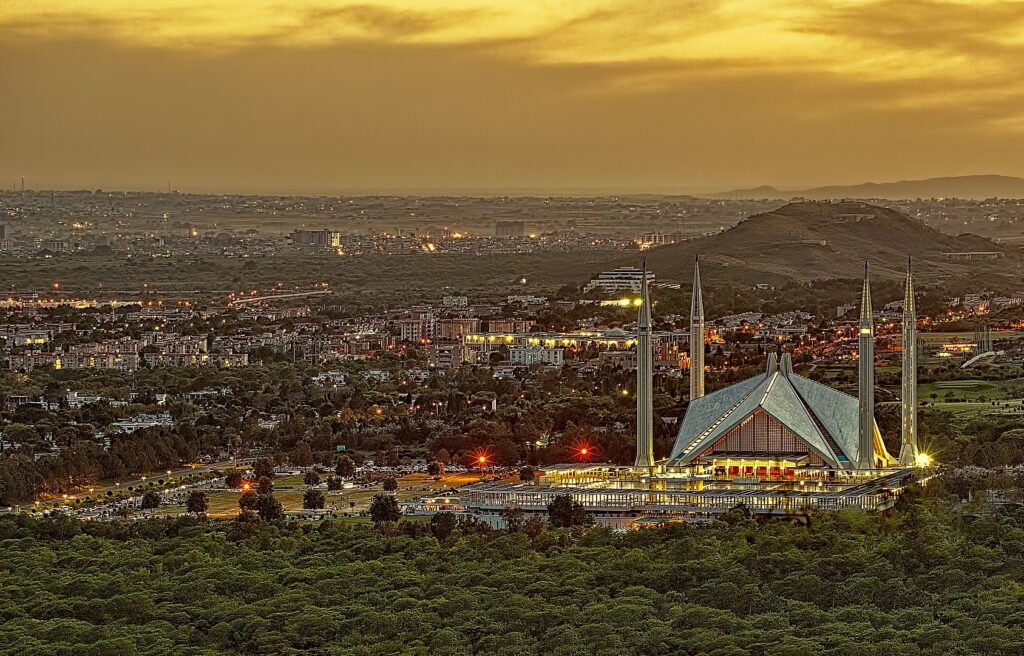
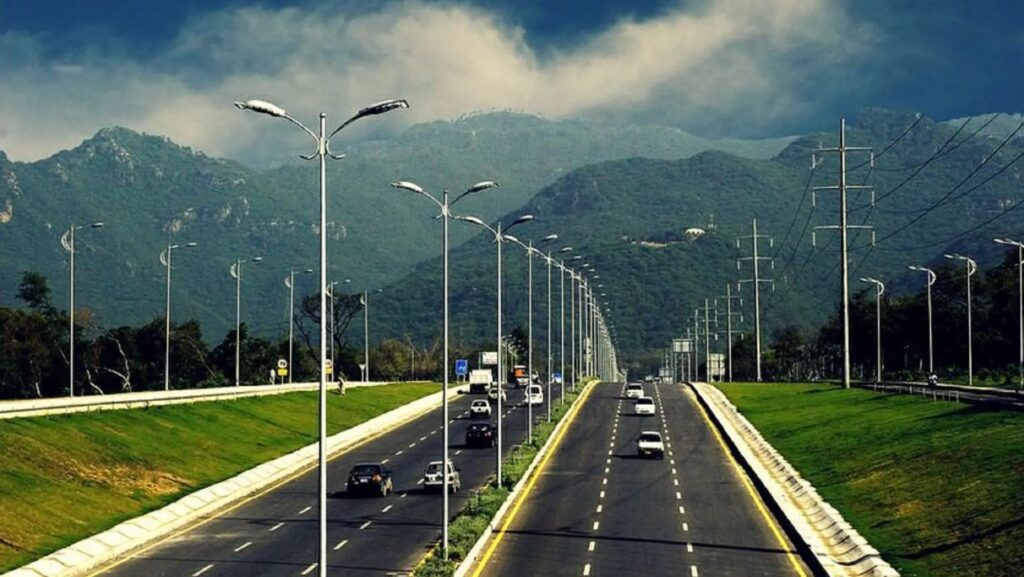
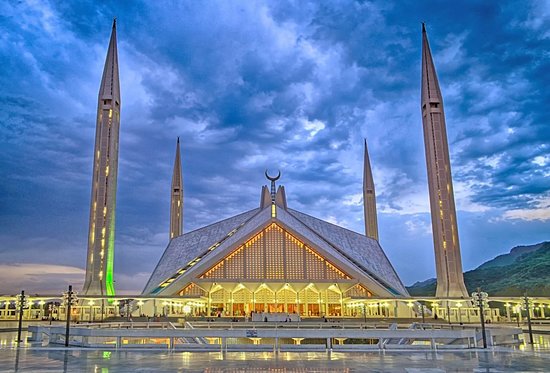
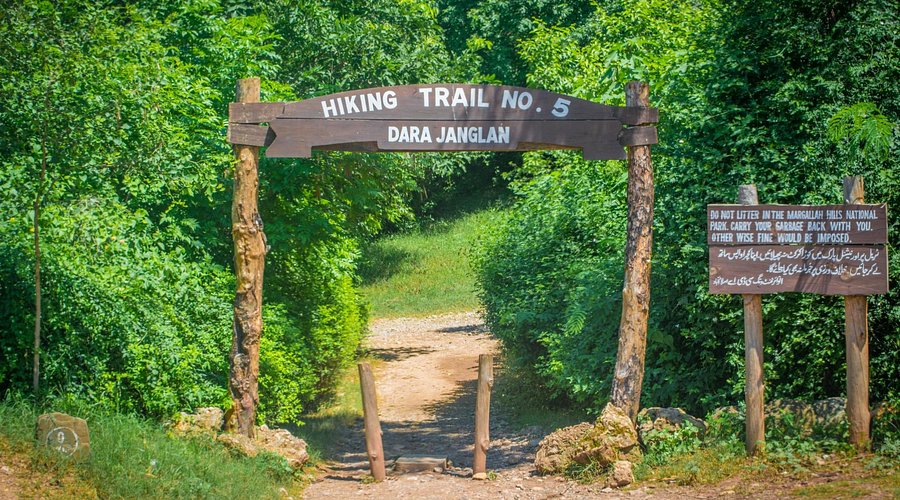
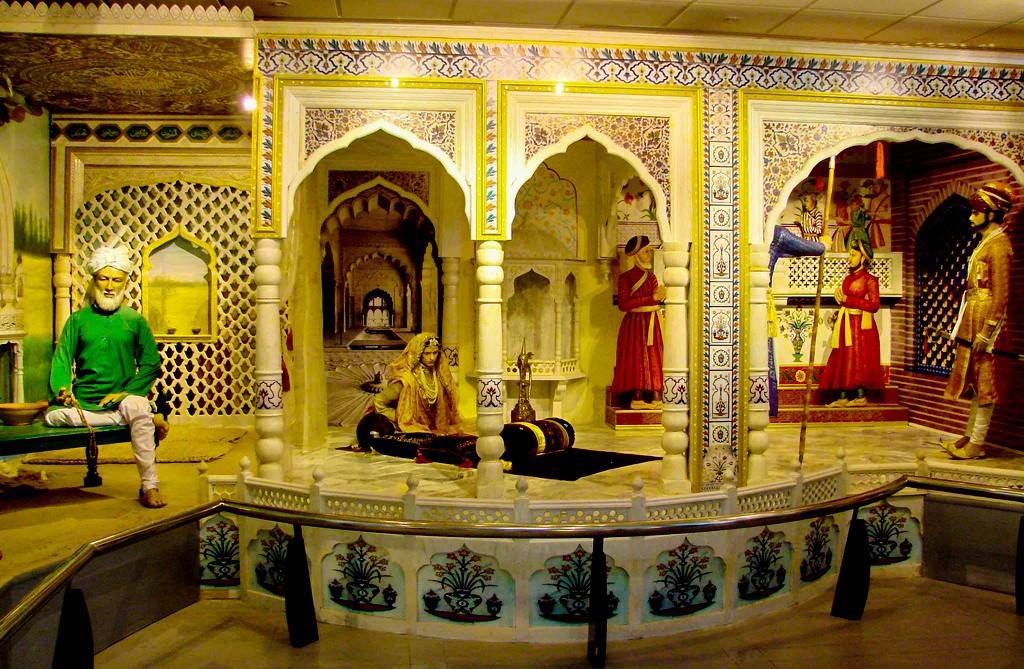
Lesser-Known Corners & Natural Retreats
| Area | Access | Highlights | Vibe |
|---|---|---|---|
| Saidpur Village | 15 min from Daman-e-Koh | 500-year-old Mughal-era village turned artsy café zone | Historic meets hip |
| Shah Allah Ditta Caves | 25 min drive | 2,500-year-old Buddhist and Hindu meditation caves | Quiet and sacred |
| Rawal Lake Park | Near Murree Road | Boating, picnic spots, lotus blooms in spring | Relaxed and family-friendly |
| Trail 6 Hidden Waterfall | Off main hiking path | Secluded natural stream with small waterfall | Peaceful and hidden |
| Lok Virsa Museum | Shakarparian | Rich display of Pakistani folk traditions and crafts | Educational and colorful |
Culture & People
Islamabad reflects a blend of national diversity—government officials, diplomats, NGO workers, students, and professionals all converge here. The city might lack the historical chaos of Lahore or Karachi, but it makes up for it with cosmopolitan openness and an active outdoor lifestyle. Coffee culture, book cafés, art exhibitions, and film screenings are commonly observed. Religious tolerance and political discourse are more visible here than in many parts of Pakistan.
Budget Snapshot (2025)
| Style | Daily USD | Inclusions |
|---|---|---|
| Backpacker | $40–$60 | Hostel/guesthouse in G-series sectors, metro bus, local eateries |
| Comfort | $120–$250 | Mid-range hotel, rideshare apps, Margalla treks, museum visits |
| Luxury | $250–$1000+ | Serena or Marriott stay, private car, full-time guide, curated cultural day trips |
Final Word
Islamabad may not offer the sensory overload of older Pakistani cities, but it delivers a rare calm that’s hard to find elsewhere. From the cool mountain breeze at Daman-e-Koh to the soulful call to prayer echoing across Faisal Mosque, it’s a place to pause, reflect, and reconnect. Whether you’re hiking through misty hills, exploring centuries-old caves, or sipping cappuccino in a garden café, Islamabad’s charm lies in its subtle grace and quiet elegance.
Discovering Pakistan
Explore Islamabad like a local with Discovering Pakistan. Our private tours combine guided hikes, cultural insights, and behind-the-scenes access to the city’s most scenic and historical zones. Whether you’re visiting for business or leisure, we offer flexible itineraries that help you experience the capital’s beauty beyond the guidebooks.
Explore Guided Private Islamabad Tours 2025
This tour begins in Islamabad, Travel to Raikot Bridge by road via KKH. Then additional 2 hours jeep ride and 3 hours trekking to reach Fairy Meadows. Trek to Nanga Parbat BC for a full day trekking experience.
Full-day Khewra Salt Mine tour with Katas Raj Temples from Islamabad or Lahore. Explore the world’s second-largest salt mine and ancient Hindu temples before returning to your starting city.
A one day Taxila tour from Islamabad exploring ancient Buddhist sites, Dharmarajika Stupa, Jaulian Monastery, Taxila Museum, and historic ruins.
A one day Islamabad city tour covering Faisal Mosque, Lok Virsa Museum, Pakistan Monument, Daman-e-Koh, Saidpur Village, Centaurus Mall, and F7 Markaz.
This tour begins in Islamabad, Travel Hunza by road via KKH. You spend several days exploring Hunza Valley and Skardu. Also witness the historically prominent city of Peshawar in this tour.
This tour begins in Islamabad, Travel Hunza by road via KKH. You spend several days exploring Hunza Valley’s landscapes and heritage. Continue the journey back to Islamabad via KKH or Naran-Babusar scenic route.






